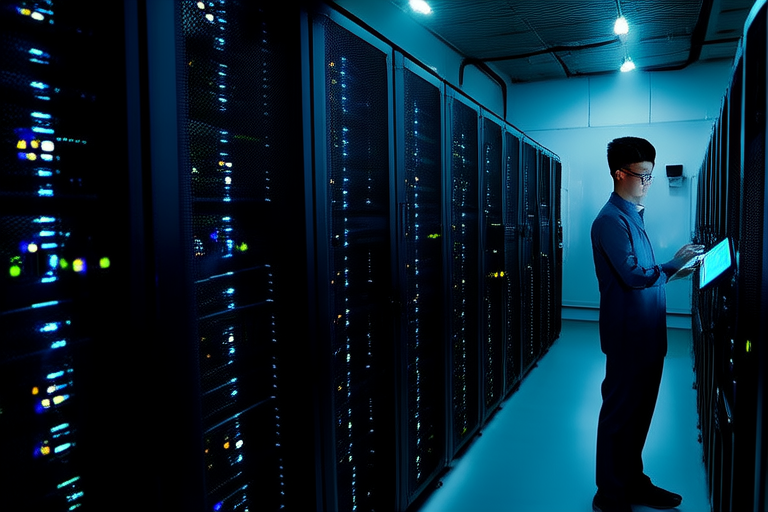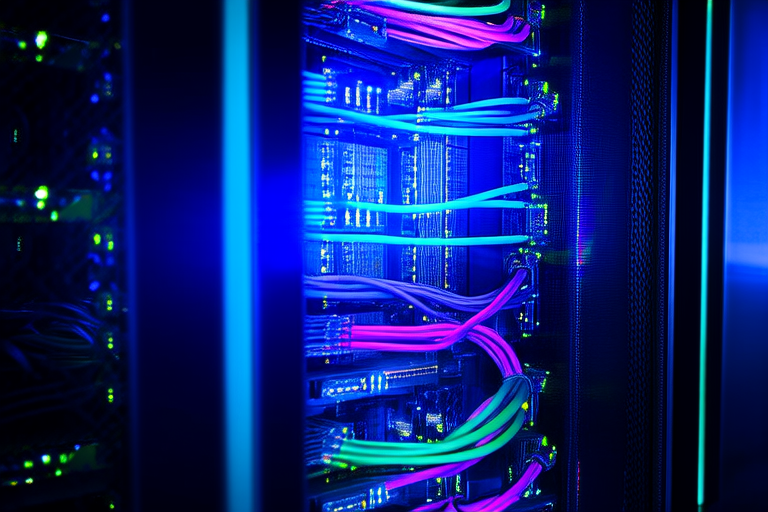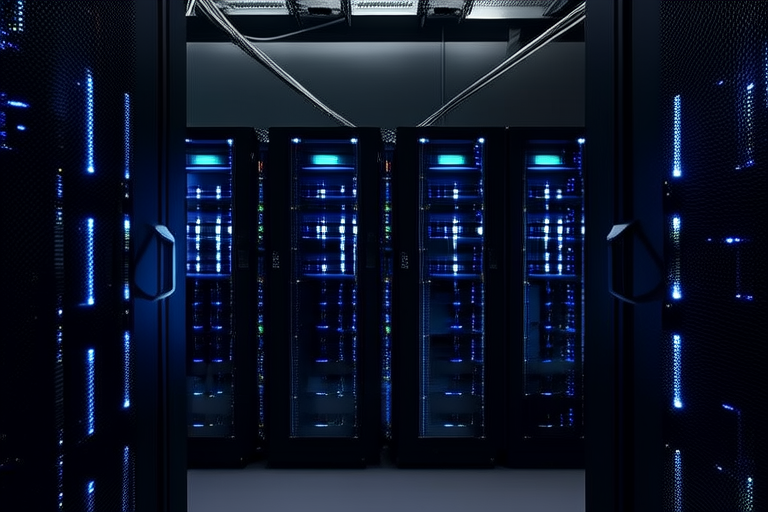Optimizing Performance with Cloud and Edge Computing Synergy
Introduction
In today’s rapidly evolving digital landscape, optimizing performance is crucial for businesses and organizations aiming to stay competitive. Two pivotal technologies—cloud computing and edge computing—have emerged as key drivers in enhancing computational efficiency and performance. While cloud computing offers centralized processing power and storage, edge computing focuses on delivering real-time processing capabilities closer to the source of data generation. The synergy between these two technologies promises unprecedented improvements in performance, reliability, and scalability.
This article explores the benefits of combining cloud and edge computing to achieve optimized performance. By understanding the individual strengths of each technology and how they can complement each other, we can unlock new possibilities for innovation across various industries.
Understanding Cloud Computing
Cloud Computing: Cloud computing refers to the delivery of computing services—such as servers, storage, databases, networking, software, and analytics—over the internet (“the cloud”). These services provide enterprises with a scalable and flexible IT infrastructure without the need for on-premises hardware. Cloud computing enables businesses to reduce capital expenditures, improve operational efficiency, and access advanced tools and applications.
Key features of cloud computing include:
- Scalability: Cloud platforms allow businesses to scale resources up or down based on demand, ensuring optimal performance during peak times.
- Flexibility: Users can easily access cloud resources from anywhere with an internet connection, promoting remote work and collaboration.
- Cost-Effectiveness: By eliminating the need for physical infrastructure, cloud computing reduces maintenance costs and overhead expenses.
Common use cases for cloud computing include web hosting, data storage, and software development environments. With its ability to handle large-scale operations efficiently, cloud computing has become indispensable for modern IT infrastructure.
Understanding Edge Computing
Edge Computing: Edge computing involves processing data at the network’s edge, closer to where it is generated, rather than sending all data to a central location. This approach minimizes latency, improves real-time processing capabilities, and reduces the amount of data transferred over networks. Edge computing plays a critical role in supporting applications requiring immediate responses, such as IoT devices, autonomous vehicles, and smart city systems.
Key features of edge computing include:
- Low Latency: Processing data locally at the edge ensures faster response times, which is essential for time-sensitive applications.
- Real-Time Processing: Edge computing allows for immediate analysis and action on data, enabling quicker decision-making.
- Reduced Data Transfer: By processing data locally, edge computing decreases the volume of data sent to the cloud, saving bandwidth and reducing costs.
Common use cases for edge computing include industrial automation, healthcare monitoring, and video surveillance. These applications benefit significantly from the ability to process data in real-time, ensuring reliable and efficient operations.
Synergy Between Cloud and Edge Computing
The true power of cloud and edge computing lies in their ability to complement each other. While cloud computing provides robust backend support for storage, analytics, and machine learning, edge computing handles real-time processing and local data management. Together, they create a powerful ecosystem capable of delivering exceptional performance across various domains.
Specific scenarios where their synergy leads to enhanced performance include:
- IoT Applications: In IoT ecosystems, edge devices can preprocess data before sending it to the cloud, reducing latency and improving overall system responsiveness.
- Autonomous Vehicles: Edge computing enables real-time decision-making for autonomous driving, while cloud computing supports long-term data analysis and model training.
- Smart Cities: Edge computing processes sensor data locally to optimize traffic flow, energy consumption, and public safety, while cloud computing provides centralized management and analytics.
Industries such as manufacturing, healthcare, and retail are increasingly adopting this synergy to improve operational efficiency and customer experience.
Challenges and Solutions
Integrating cloud and edge computing presents several challenges, including:
- Data Consistency: Ensuring consistent data across both edge and cloud environments can be complex due to distributed architectures.
- Security: Protecting sensitive data processed at the edge requires robust security measures, including encryption and access controls.
- Management Complexity: Managing multiple edge devices and cloud services can increase operational complexity.
To address these challenges, organizations can adopt the following strategies:
- Implement Data Synchronization Mechanisms: Use tools like distributed databases and APIs to maintain consistency across edge and cloud environments.
- Enhance Security Measures: Employ multi-layered security protocols, including encryption, secure authentication, and regular audits.
- Utilize Management Platforms: Leverage integrated management platforms that simplify the deployment, monitoring, and scaling of edge and cloud resources.
Tools and technologies such as Kubernetes, Docker, and IoT management platforms facilitate seamless integration and efficient management of hybrid cloud-edge infrastructures.
Future Prospects
The future of cloud and edge computing looks promising, with ongoing advancements expected to further enhance their synergy. Emerging trends such as 5G networks, AI-driven analytics, and quantum computing will play significant roles in shaping the next generation of cloud-edge ecosystems.
Potential innovations include:
- Improved Connectivity: 5G networks will provide faster and more reliable connections between edge devices and cloud services, enabling seamless data exchange.
- Advanced Analytics: AI and machine learning algorithms will enable more sophisticated analysis of edge-generated data, leading to better insights and decision-making.
- Quantum Computing: Quantum computing could revolutionize data processing by offering unprecedented computational power, accelerating complex tasks and simulations.
These advancements will have far-reaching impacts on industries ranging from healthcare to finance, driving innovation and efficiency.
Conclusion
In summary, the synergy between cloud and edge computing offers numerous benefits for optimizing performance in today’s digital world. By leveraging the strengths of both technologies, organizations can achieve faster response times, reduced latency, and enhanced scalability. As cloud and edge computing continue to evolve, their combined potential will undoubtedly unlock new opportunities for innovation and growth.
We encourage readers to explore further the integration of these technologies in their own projects and stay informed about the latest developments in this exciting field.




